|
By Jessica Rath For about eight years now, the Abiquiú News has provided us with the Bloom Blog. From April through October, Marilyn Phillips helps us to identify the many wildflowers growing around Abiquiú and informs us of the various uses Native Americans have for these plants: as remedies for ailments and diseases, as dyes, as skin lotions, and as food. It’s always nice to put a face to the name, isn’t it. And I always like to learn a bit more about a person with an obvious mission, who is passionate about what they do. When I asked her, Marilyn agreed to meet with me and take me on a flower walk, telling me a bit about herself while helping me to identify the various wildflowers that had popped up in early June. Because I learned British English at school when I grew up in Germany, I could spot Marilyn’s accent: she must be from the United Kingdom. Sure enough, she grew up in London. Her father was a gardener who planted delicious vegetables and beautiful flowers. While she feels that she didn’t inherit his green thumb, she credits him and his garden for her love of flowers. Although she was a city kid and clearly didn’t have many wildflowers growing nearby, she was always interested in the outdoors and nature. As a Guide – the equivalent to a Girl Scout in the U.S. – Marilyn spent a lot of time outside, went on camping trips and hikes, etc. But her involvement with wildflowers got really serious after she moved to Crested Butte, the Wildflower Capital of Colorado – they even have an annual Wildflower Festival which lasts for ten days! “It's just a stunningly beautiful place”, Marilyn told me. “And I got involved. I went on a wildflower hike with the Wildflower Festival that they have every July. And I realized that I really liked this. That’s why I did another one. And then eventually, long story short, I got involved with the Festival and ended up leading hikes myself within a couple of years”. I once spent a few days in Crested Butte and totally understand Marilyn’s enthusiasm. It is indeed striking. Nestled near the 12,168-foot summit of the Crested Butte Mountain, it has become a popular ski resort with lots of fun activities for the short snowless season: there’s an International Film Festival, a yearly Arts Festival, there are live concerts, and endless offers for outdoor pursuits such as mountain biking, river rafting, and horseback riding. Did you know that Crested Butte was a coal mining town in the late 19th century? When the coal mines closed, the town declined somewhat, until the construction of a ski area in the 1960s. Ever since then, the tourism business has guaranteed a booming economy. Back to the Bloom Blog! Marilyn had always been interested in photography, and on her wildflower hikes she took a lot of flower pictures. “That led to identifying the flowers; I had some really good guides on these hikes who identified everything. I have a good memory and I remember them. So yes, everything just sort of evolved from living in that particular place”. Marilyn continued: “The winters there were quite intense sometimes, when one has to spend a lot of time inside because it is too cold and dark outdoors. One winter I started sorting out my photographs, and I realized I had 1000s of them. I started putting names on them and sorted them out and deleted some, after which I ended up with about 250 different species of flowers. And I thought, well, I should do something with this. This was before the internet, to give you some perspective”. “This was in the mid-90s, and all the pictures I took were on slides. There was nothing digital yet. My background is in computer science, and so I made a CD. Its purpose was to identify the flowers, so you could do a search. It looked very similar to the website that exists now. I haven't changed it much from that original CD, which I think was published in the early 2000s. When the Internet came out, I got a website, and that's the one that's still going”. In 2012, Marilyn moved to Abiquiú. And in 2016 the Bloom Blog was added to the Abiquiú News as well as to Marilyn’s website: Wildflowers of the Southern Rocky Mountains. Check it out, it’s really useful if you want to find a particular flower: one can search by name, both common and Latin, by descriptive words, and – the easiest way – by color. “It is different here from Colorado”, Marilyn explained to me. “In Colorado, you'll get one hundred blooms a week. Here, you'll get one or two or three or five, at the peak, in May and June. It would be impossible to do something like the bloom blog in Colorado because there are way too many flowers. It's stupendous, the flowers there – but the growing season is very short. We're talking about elevations above 9,000 feet. So there’s lots of moisture from the snow melt because a typical winter brings dozens of feet of snow”. I looked it up, the average snowfall in January is 42.2 inches. And it sometimes snows in June and September. No wonder the flowers try to get the most out of the short growing season! “The snow starts melting in May. That's changing, of course, because of climate change. But generally, in June, everything just starts exploding. The first two weeks of July are the peak. On some of the hikes that I led there, I could identify over 100 flowers on a two-hour walk. It was stupendous and I loved it. So, when I came to Abiquiú, of course I was still looking for flowers, but I did not find quite so many of them. And they were all different, because it's such a different environment. You know, this is high desert. It's very different ecologically, the flowers are also limited by the river, it’s a whole different set. Anyway, it's an evolutionary thing. When I started the Bloom Blog in 2016 I tried to find a different flower every week, one that I hadn't written about before”. “Everywhere I go I take my camera with me. I still go out hiking on trails, but there's not anywhere near the diversity of plants here that there is in Colorado. Of course we still have a huge number of flowers. I think there are over 200 that I found in this area. I start in April and go through September. I used to go through October but there's not much left then, just the odd sagebrush”. I mentioned to Marilyn that I used to live in Coyote, and there it's again very different from here. When I went on hikes there, I always found lots of wildflowers. She agreed. “Sure, there would be more flowers. What we have here around Abiquiú is called a piñon sagebrush environment, plants that grow in a hot and dry climate. But Coyote is about 1,000 feet higher, and that would make a huge difference”. “So, have you ever done any kind of guided tours here, walking tours like you did in Colorado?” I asked. Marilyn’s answer makes sense, of course: “No, there aren’t enough wildflowers. And I'm older as well. In Colorado I used to do major hiking in the mountains but I couldn't do that anymore. Also, I’d say the area here doesn't really lend itself for hiking tours because when the flowers are blooming, which is mainly in May and June, it's too hot during the day. There are no trees like you had in Coyote; you could go hiking during the day and you’d have shade, right? Well, when you have the piñons and the junipers there’s no shade. Piñon and juniper trees are too short. Along the river here we've got the cottonwoods and that's lovely. But often you can't really walk next to the river, there are no trails”. “When I first moved to Abiquiú I walked down my road, and found lots of flowers just growing by the roadside. But there are few trails here, and they're not the sort of places where you would take a group of people”. I was curious: “Did you ever get into mushrooms?” I asked. “No way. In Colorado, there's tons of mushrooms, but it's a very different activity. And it's kind of dangerous, I think. Even in my blog: I often talk about medicinal uses that the Native Americans had for flowers. But hopefully people realize that those were traditional Native American uses, and they won't go off and try some of these things. Although they've researched it a bit. But mushrooms – they can be deadly”. “And the other thing is that they grow for only a short period, and this varies depending on the weather. They need the right rain. There was actually a mushroom festival in Crested Butte, which was held towards the end of August, which makes sense. But then one year the mushrooms all came out in July because we had an exceptional amount of rain. So by the time the festival came around, there were no mushrooms!. They had to cancel the festival. Mushrooms are a bit unpredictable”. And then Marilyn mentions something I had never thought about, but it has stuck with me ever since.
“There is one special thing I love about flowers: it is their continuity. I'm going to the same place every year to meet the same flower. They are so reliable! It gives me faith to know that Mother Nature can keep going, despite all the craziness around us. ‘Oh, look, there's that flower that was blooming last year!’ Most of the flowers that survive here have to be perennial, meaning that they come back year after year. Their roots have to be really deep to reach what little moisture there is. So consequently, the same plant will be in the same place next year. And so, you know, they become like friends”. Isn’t that a lovely thought! I hope we’ll all walk around from now on, greeting the many faithful friends all around us, that we so easily overlook. And let’s include all the trees as well in our new and larger circle of friends. Thank you, Marilyn, for an enjoyable and inspiring conversation.
13 Comments
Joanne Holman
8/2/2024 02:37:01 pm
Loved the commentary and the beautiful photos of flowers. Thank you.
Reply
Renata Zimmermann
8/8/2024 02:55:18 pm
Beautiful article and beautiful pictures.I would like to meet
Reply
Jessica
8/14/2024 09:40:00 pm
Thank you, Renata! You should email her, click on the link to her website.
Jessica
8/14/2024 09:37:38 pm
Yes, Marilyn's photos are gorgeous! Thank you, Joanne!
Reply
Toni Temple
8/9/2024 09:58:59 am
Lovely article about wonderful Marilyn. We are lucky to have Marilyn as our neighbor and have enjoyed a few hikes with her, Her knowledge about flowers is encyclopedic and I always pay attention to the wildflowers as I hike now. She is a gift to Abiquiu and the Abiquiu News.
Reply
Jessica
8/14/2024 09:42:38 pm
That's great, Toni -- I bet Marilyn is a fantastic neighbor. Enjoy your walks!
Reply
Sara Wright
8/9/2024 01:44:57 pm
beautiful pictures - thanks Iren - can't make it work - you know I am computer illiterate and it hasn't;t hasn't improved with all the technology...
Reply
Kristy Yenkey
8/9/2024 07:28:19 pm
Wildflowers are Marilyn's passion. I feel enriched just being with her and listening to her talk about the flowers she has photographed.. On her CD, she had flowers categorized by color, and by hike location. New Mexico was a new adventure and she embraced that.move to discover more regional blooms. She has a remarkable gift. Thank you for doing the interview.
Reply
Jessica
8/14/2024 09:44:19 pm
I'm so glad you enjoyed this, Kristy -- thanks for the kind words!
Reply
Sara Wright
8/10/2024 01:30:53 pm
I loved learning how Marilyn became a flower lady.... each of us has a unique story - some like mine stretch back to earliest childhood. My first word was "Fower"...I look forward to these columns every week because i lived in Abiquiu and found flowers everywhere I went and some were totally new and some were not - and i frequently asked for Marilyn;" help - Thank you Marilyn for your expertise and willingness ro share,
Reply
Jessica
8/14/2024 09:51:47 pm
I bet your story is fascinating too, Sara. Maybe I can unterview you too, sometime? With Zoom? I always love to read your articles about trees and plants and birds etc. Full of sensitive and deep insight.
Reply
8/11/2024 07:16:32 pm
Thank you so much, Abiquiu News and Jessica Rath, for featuring Marilyn Phillips's super sharp, up-close botanical images and information with all of us. They help us to get down & be amazed by what's underfoot...or up ahead...or there by the roadside. Most of all, thank you, Marilyn!
Reply
Jessica
8/14/2024 09:54:06 pm
That's so nice of you to say, Helen. Yes, Marilyn is such a treasure. I'm glad you liked the article.
Reply
Your comment will be posted after it is approved.
Leave a Reply. |
Submit your ideas for local feature articles
Profiles Gardening Recipes Observations Birding Essays Hiking AuthorsYou! Archives
October 2025
Categories
All
|

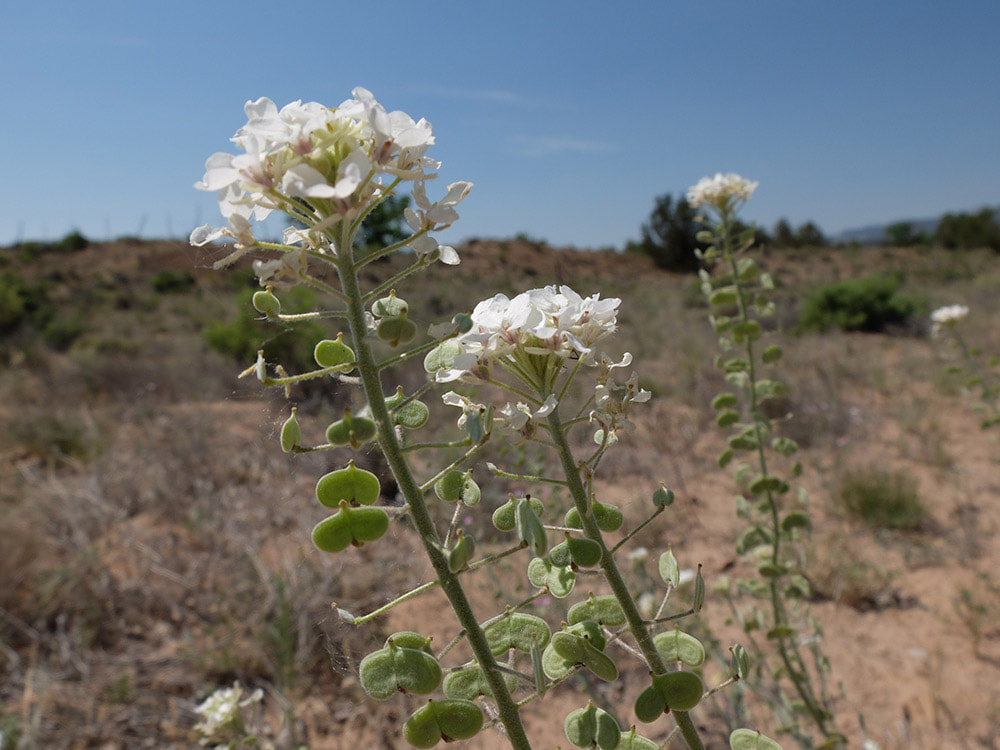
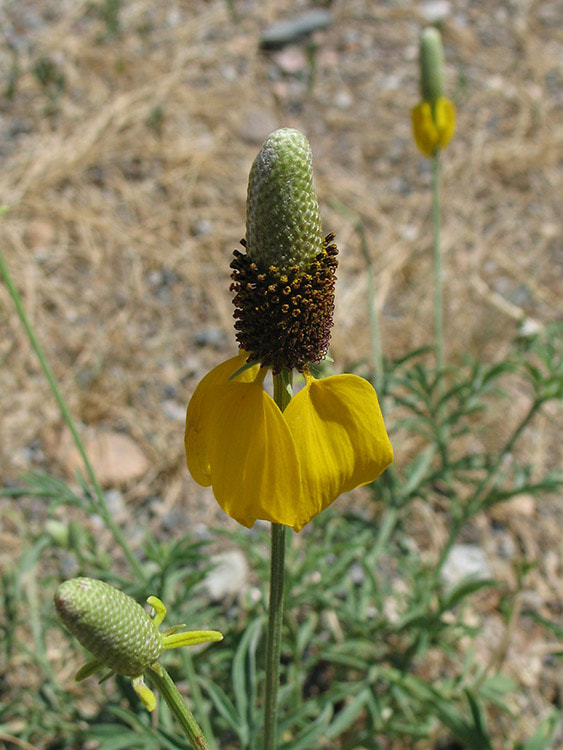
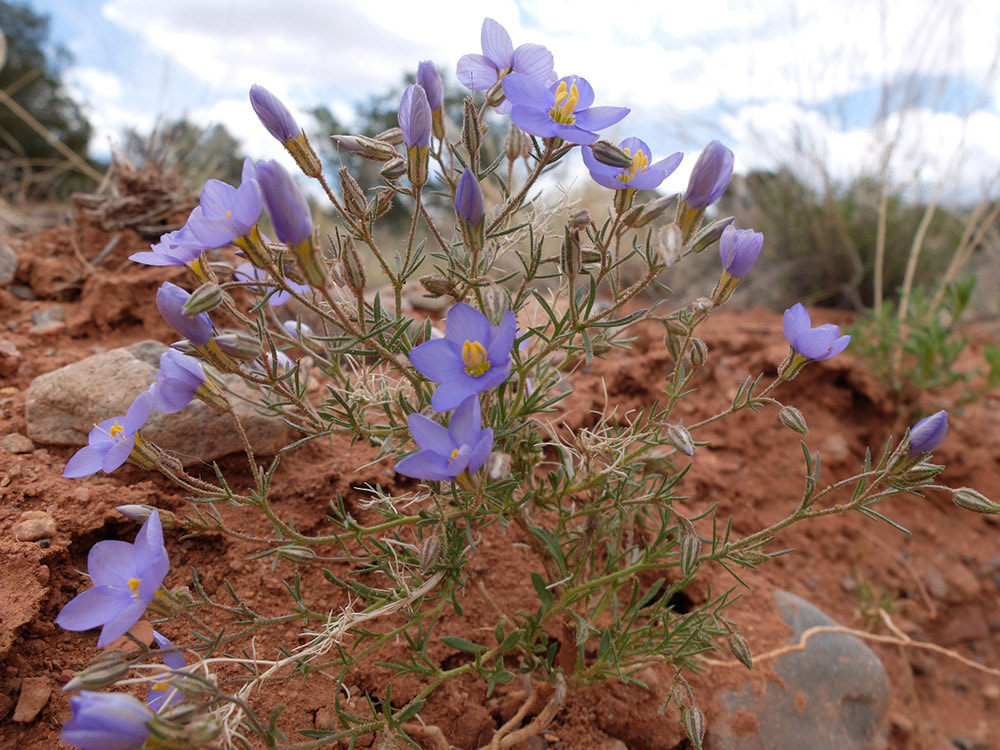
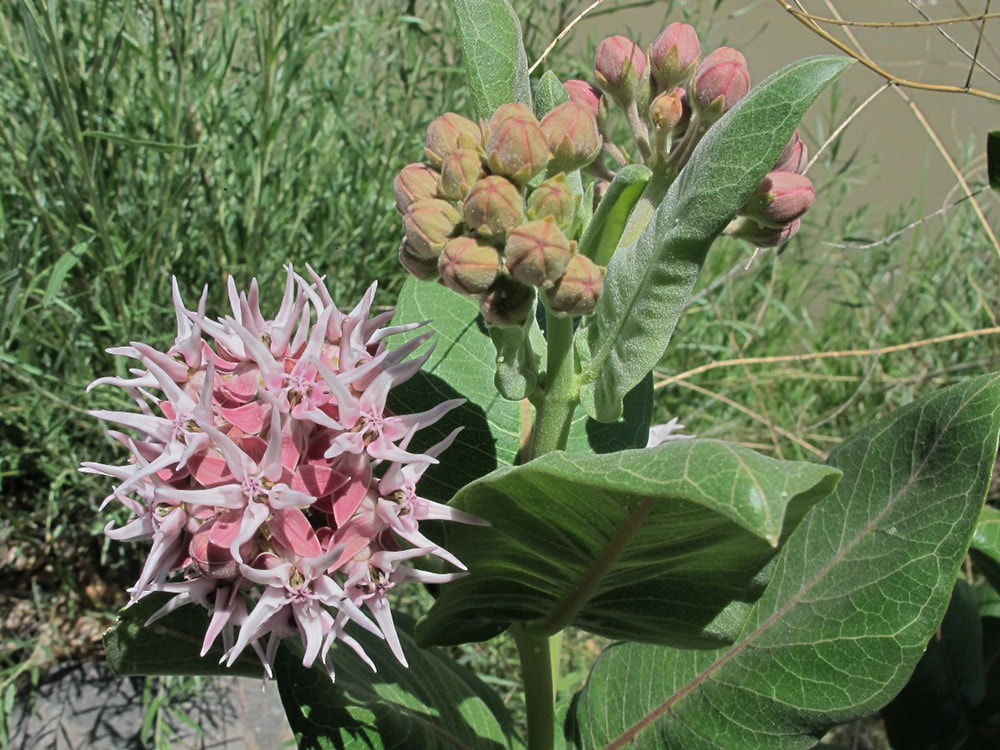
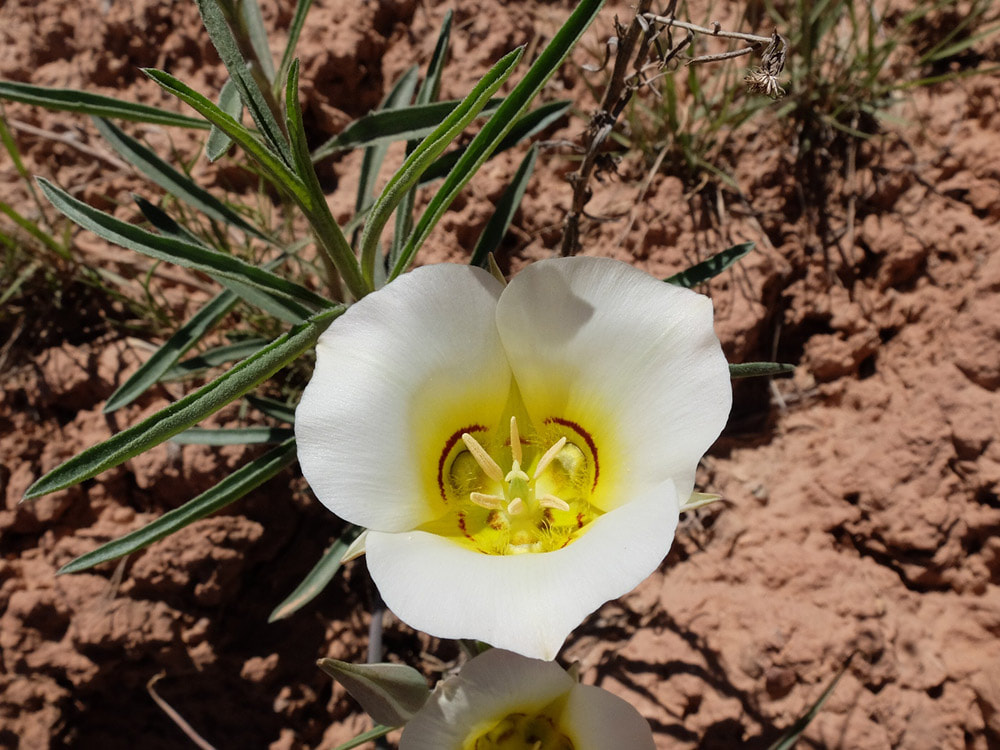
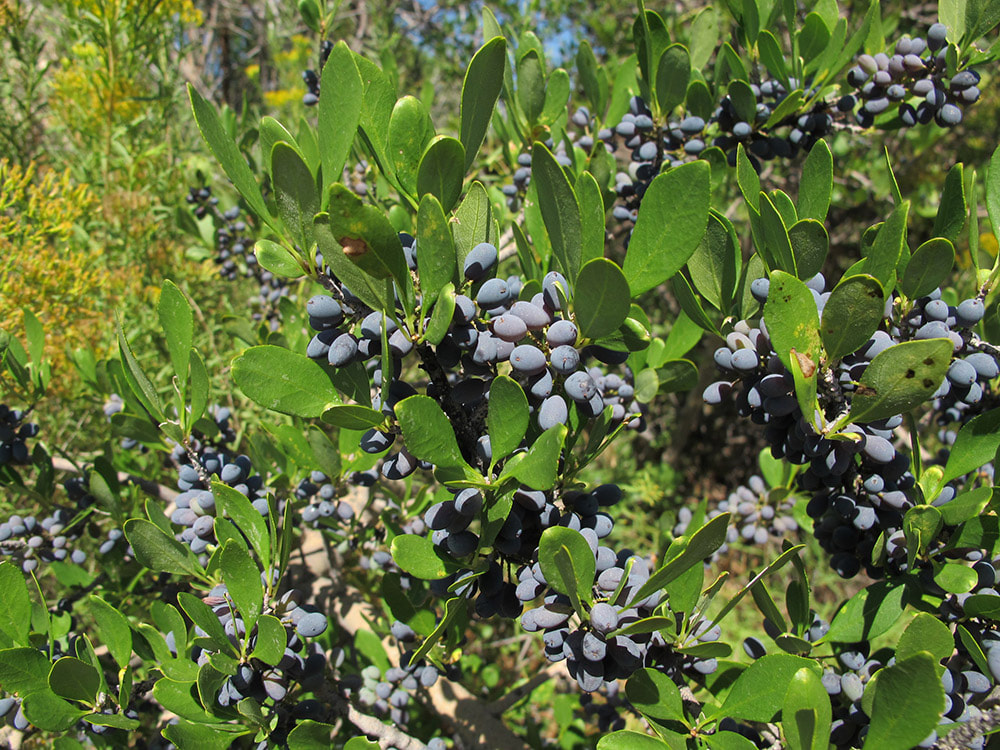
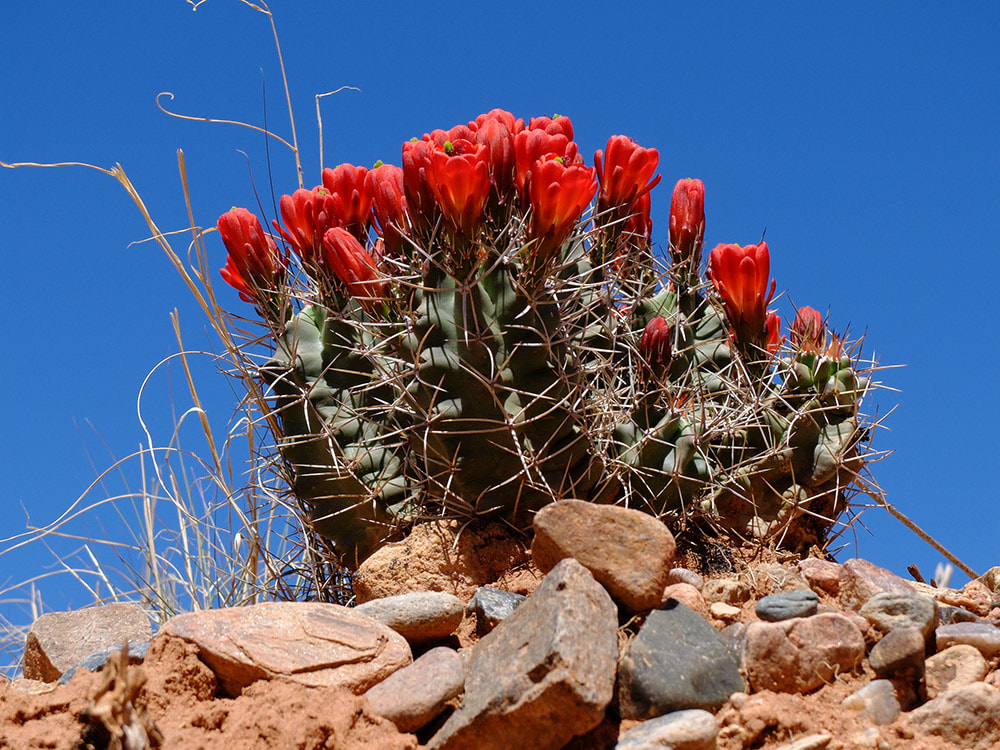

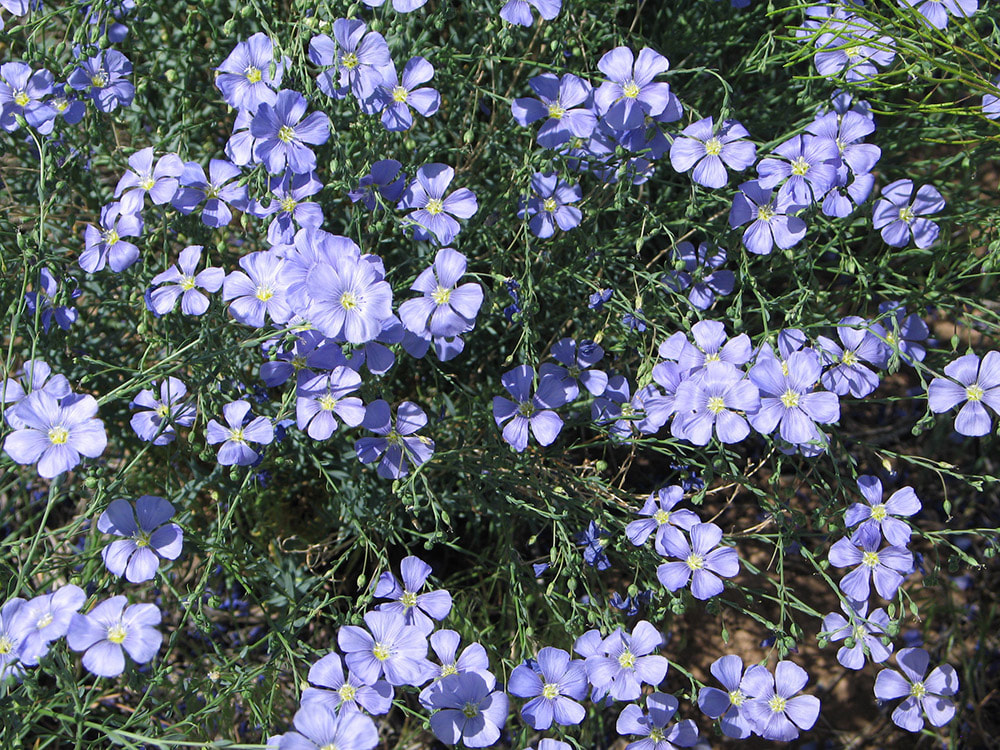

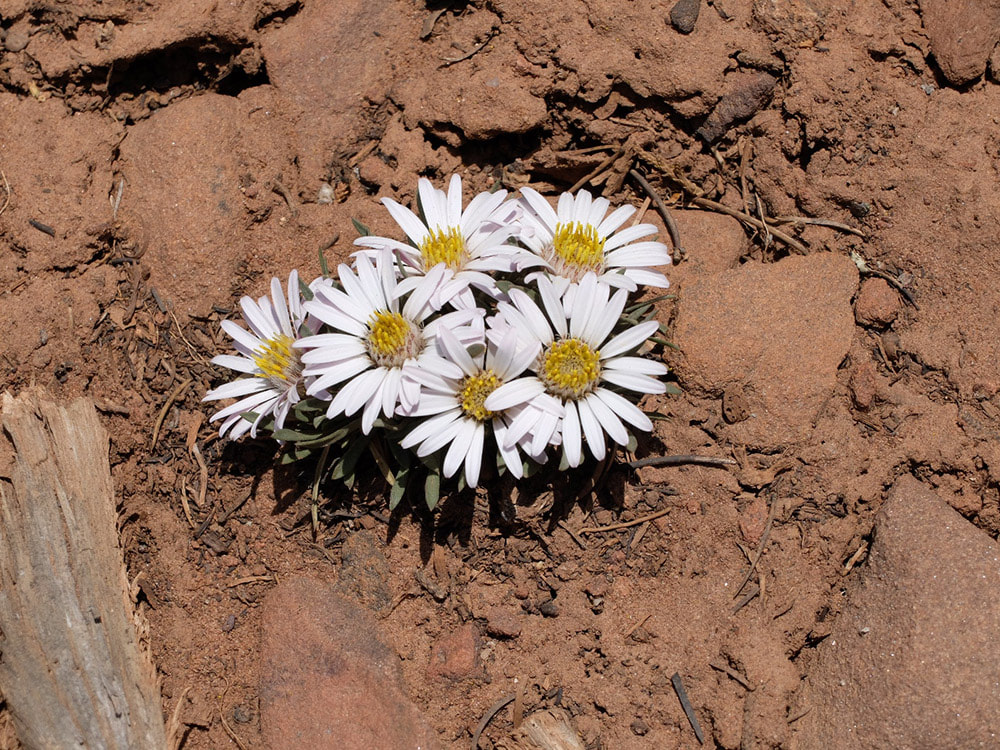
 RSS Feed
RSS Feed